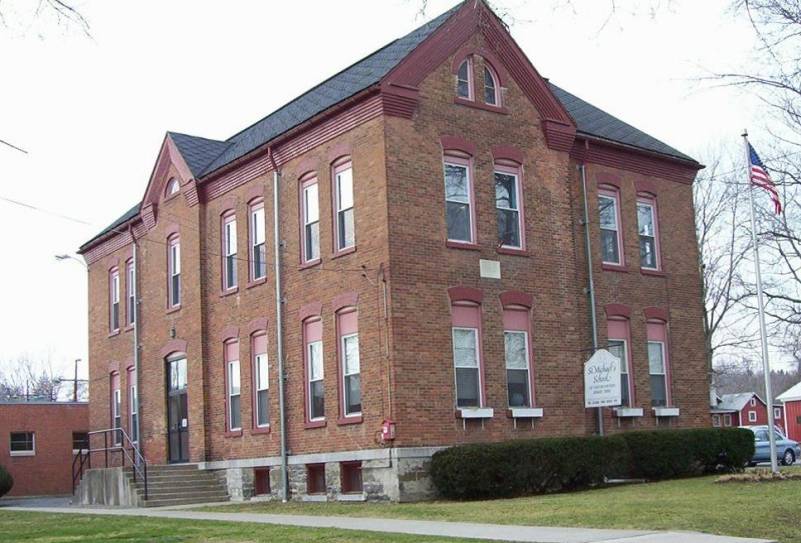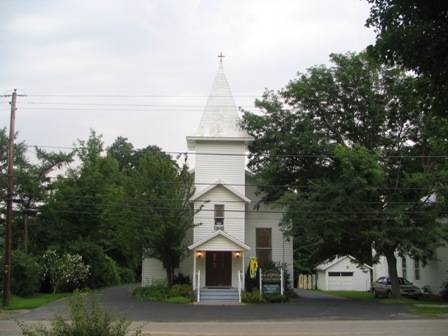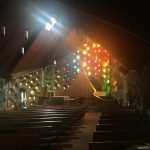The Naples area was initially settled by the Seneca Nation with the first white settlers coming in 1789. Initially called Watkinstown, the name was changed in 1794 to Middletown, because it was halfway between Canandaigua and Bath by stage coach. In 1808, the name was again changed to Naples because a European visitor said the area reminded him of Naples. Italy.
In 1876, twenty-four German families petitioned Bishop McQuaid to establish a Catholic parish in Naples. Incorporated in 1876, the parish initially worshipped on the second and third floors of the Naples Memorial Town Hall until the church was constructed in 1878
In 2001, St. Januarius’ celebrated its 125th Anniversary. For the occasion a program was printed that included the history of the parish. We offer that program for your reading here:
The 125th Anniversary Celebration of the Dedication of St. Januarius’ Parish
The name chosen for the new parish was St. Januarius, a bishop of an area outside Naples, Italy who died for his Christian faith about 305 A.D. Although initially buried in a field, his body was moved several times and since 1480 rests in the Naples Cathedral. With his bones are two vials of a red congealed substance believed to be the blood of Januarius. The first mention of this blood dates from 1389. Popular legend says that a woman collected the blood immediately after his death. On several days throughout the year, typically around the feast day of St. Januarius on September 19, his blood liquefies. A nun who used to be at this parish, Sister Mary Frederica Konz, made a pilgrimage to Naples and witnessed this liquefaction. Neapolitans seek the intercession of St. Januarius in time of impending calamities such as war, famine, plague, and volcanic eruptions.
When the diocese began to experience a shortage of priests, St. Januarius was paired with St. Patrick’s in Prattsburgh in 1994 and subsequently became part of Our Lady of the Lakes Catholic Community in 1998.
In 2011 the sanctuary area was renovated that:
- Provides a special area created solely for the Tabernacle
- Lowered the sanctuary height from four steps to two steps to find a balance between being too high for the parishioners sitting in the front pews while still being high enough to be seen during Mass by parishioners sitting in the rear.
- The existing altar was removed. The top from the existing altar was cut and refinished to be used as the new altar top. A new base was constructed that is more stable than the previous base. Other pieces of the existing altar were used in the new ambo and tabernacle area.
- The main lighting was replaced with new features that brighten the church while keeping in mind energy conservation. Please note that if you look in the sanctuary lamp there are two old style lights that remain. These lights were in the previous church that was torn down in 1966, thus maintaining some continuity throughout the history of St. Januarius’
- To help make the church more accessible to the handicap, the doors on the west entrance were replaced with handicap accessible powered doors and a ramp was added to provide access to the sanctuary area.
The project was originally estimated at $300,000. The renovation was split into two phases. Phase I is the work described above. Phase II is expected to include replacing the slide partition between the church and the hall and the construction of a new baptismal font. There is no date scheduled for Phase II.
For a Detailed History of Saint Januarius and Our Lady of the Grape: St. Januarius History












